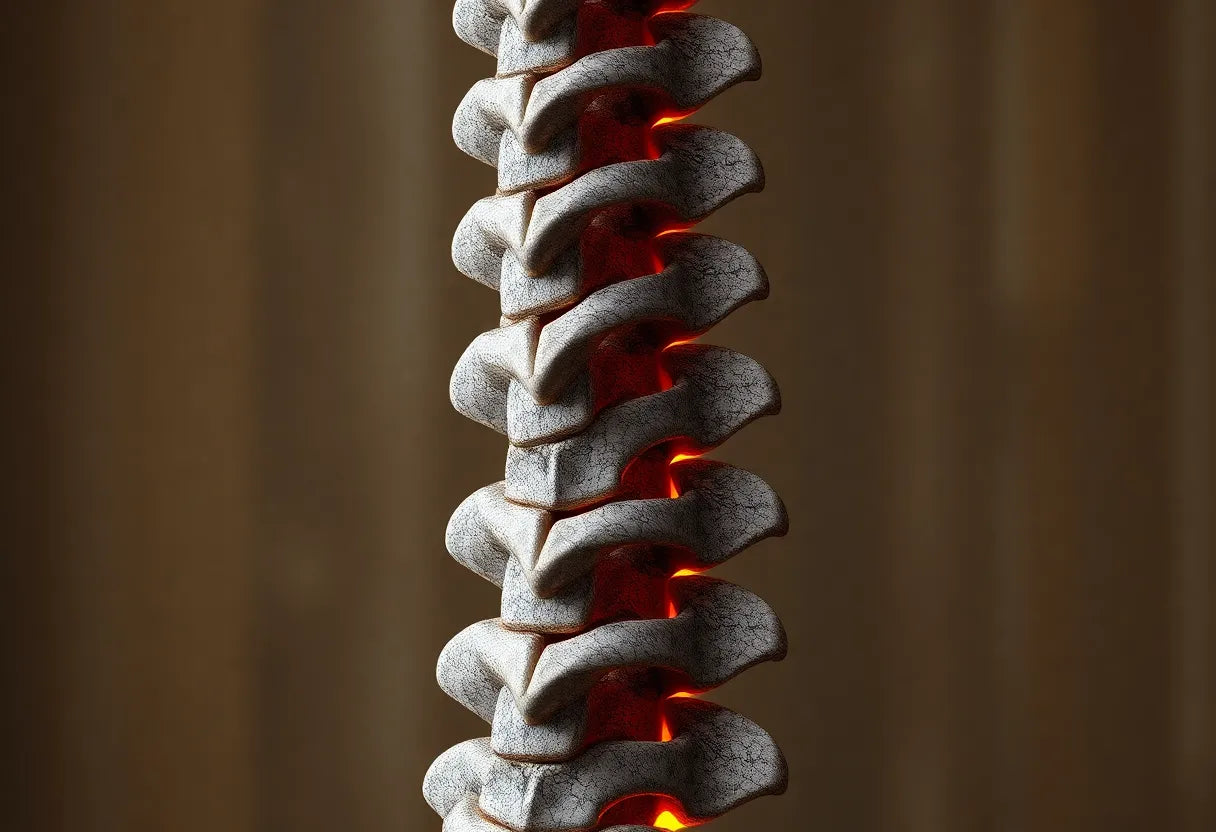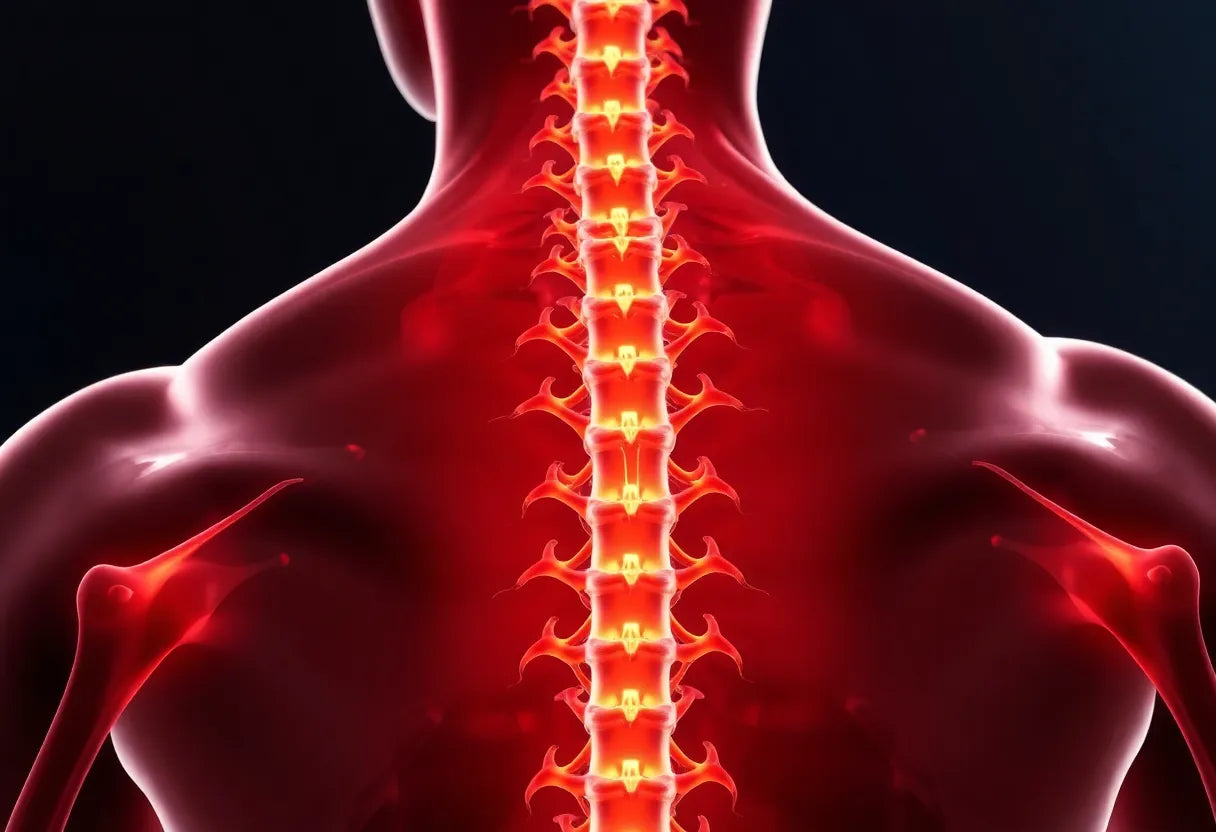Facet joint osteoarthritis is a common degenerative condition that affects the spine's facet joints, often leading to pain and stiffness in the back. This condition can significantly impact one's daily life, making it essential to find effective ways to manage its symptoms. One of the most beneficial approaches is through targeted exercises designed specifically for facet joint osteoarthritis.
Understanding the role of facet joints in the spine is crucial. These joints are located at the back of the spine and help in providing stability and flexibility. Over time, wear and tear can lead to osteoarthritis in these joints, causing discomfort and limiting movement. The good news is that with the right exercises, individuals can improve their mobility, reduce pain, and enhance their overall quality of life.
Importance of facet joint osteoarthritis exercises
Managing facet joint osteoarthritis effectively hinges on incorporating the right exercises into your routine. These exercises are not only about alleviating pain but also about strengthening the muscles that support the spine, improving flexibility, and preventing further degeneration. It is important to choose exercises that are gentle on the spine and do not exacerbate pain. High-impact activities or those involving excessive spinal twisting should be avoided to prevent worsening of symptoms.
This guide will provide a comprehensive exercise regimen that focuses on gentle stretching, targeted strengthening, and core stabilization. These exercises are specifically designed to support the spine, enhance flexibility, and build strength without putting undue stress on the facet joints. By incorporating these exercises into your routine, you can take proactive steps towards managing your condition effectively.
Choosing the right exercises
When dealing with facet joint osteoarthritis, it is crucial to select exercises that are safe and beneficial. The primary goals of these exercises are to relieve stiffness, improve mobility, and strengthen the muscles that support the spine. This guide will introduce you to a variety of exercises, including gentle stretching, core strengthening, and low-impact aerobic activities. These exercises are carefully chosen to ensure they provide relief without causing additional strain on the spine.
By following this guide, you will gain access to a structured exercise plan that can help you manage your facet joint osteoarthritis effectively. Remember, while exercise is a key component of managing this condition, it is always advisable to consult with a healthcare professional before starting any new exercise regimen. They can provide personalized guidance to ensure that the exercises are appropriate for your specific needs and condition.
exercise overview and recommendations
Incorporating the right exercises into your routine is essential for managing facet joint osteoarthritis effectively. The primary objectives of these exercises are to alleviate stiffness, enhance mobility, and strengthen the muscles that support the spine. By focusing on these goals, you can significantly improve your quality of life and reduce the discomfort associated with this condition.

Lumbar support belt
Adjustable lumbar belt to support, stabilize, and relieve lower back tension and pain.
Exercises recommended for facet joint osteoarthritis typically include gentle stretching, core strengthening, and low-impact aerobic activities. These types of exercises are designed to be easy on the spine, reducing the risk of exacerbating pain. It's important to avoid high-impact activities and excessive spinal twisting, which can worsen symptoms.
exercise instructions
1. child’s pose stretch
Begin on your hands and knees. Gently lower your hips back towards your heels while stretching your arms forward. Hold the position for 15-30 seconds and repeat. This stretch helps relieve tension in the lower back and promotes flexibility.
2. single knee to chest
Lie on your back and gently pull one knee towards your chest, holding it for 15-30 seconds. Alternate sides. This exercise helps in stretching the lower back and is effective in reducing stiffness.
3. pelvic tilts
Lie on your back with your knees bent. Gently tilt your pelvis to flatten your lower back against the floor. Hold for a few seconds, then relax. This exercise helps in strengthening the abdominal muscles and providing support to the spine.
4. gentle hip/knee rocks
While lying on your back with your knees bent, gently rock your knees side to side within a pain-free range. This exercise is excellent for improving flexibility and reducing tension in the lower back.
5. bird-dog
Position yourself on all fours. Extend one arm and the opposite leg, hold for a few seconds, then alternate sides. This exercise enhances core stability and strengthens the muscles that support the spine.
6. bridging
Lie on your back with your knees bent. Lift your hips up, hold for a few seconds, then lower back down. This exercise strengthens the lower back and gluteal muscles, providing better support for the spine.
7. low-impact cardio
Engage in activities like walking, swimming, or using a stationary bike for 20-30 minutes, ensuring movements do not trigger pain. These activities help improve cardiovascular health and maintain spinal mobility without putting stress on the joints.
core strengthening and stabilization
Strengthening the core is crucial for managing facet joint osteoarthritis. Focus on exercises that target the transverse abdominis and multifidus muscles, which play a key role in stabilizing the spine. Incorporating exercises like supine marches and straight leg raises can further enhance core strength and support.
These exercises, when performed regularly, can help in reducing pain and improving the overall function of the spine. Remember, it's important to listen to your body and avoid any movements that cause pain. Consulting with a healthcare professional can provide additional guidance to ensure exercises are performed safely and effectively.
general recommendations and precautions
When incorporating facet joint osteoarthritis exercises into your routine, it's essential to follow personalized guidance. While the exercises mentioned in this guide are generally safe, it's advisable to consult with a healthcare professional or physical therapist. They can tailor a program to your specific needs, ensuring exercises are performed safely and effectively. Avoid high-impact activities, repeated spinal extension, or twisting, as these can exacerbate symptoms and lead to further discomfort.
Listening to your body is crucial. If any exercise causes pain, it's important to stop and consult with a professional. Gradual progression in intensity and frequency should be the goal, allowing your body to adapt and strengthen over time.
supplementary treatments
In addition to exercises, various supplementary treatments can be beneficial in managing facet joint osteoarthritis. Heat therapy and cryotherapy can provide temporary relief from pain and stiffness. Pain medications, as prescribed by a healthcare provider, can also be part of a comprehensive management plan. Additionally, manual therapy, such as massage or chiropractic care, may complement exercise regimens by addressing soft tissue restrictions and improving mobility.
These supplementary treatments, combined with a structured exercise program, can enhance your overall well-being and help you better manage the symptoms of facet joint osteoarthritis.
frequently asked questions
what exercises should I avoid with facet joint osteoarthritis?
Avoid high-impact activities, exercises involving frequent back bending, twisting, or heavy weight lifting that can overload the spine.
can exercise worsen my arthritis pain?
While appropriate exercises can help manage symptoms, improper techniques or unsuitable activities can exacerbate pain. Consult a healthcare professional for guidance.
how often should I perform these exercises?
Aim for a balanced routine, performing the exercises 3-5 times a week, based on individual tolerance and professional advice.
is it necessary to see a professional before starting these exercises?
Yes, a healthcare provider or physical therapist can tailor a program to your specific needs and ensure exercises are performed safely.
how can I modify daily activities to reduce pain?
Incorporate ergonomic aids, maintain good posture, and avoid prolonged sitting or standing without breaks to minimize discomfort.

Men's Posture Shirt™ - Black
Activates back muscles, supports posture, and relieves pain during work, exercise, or leisure.
By following this structured guide, individuals with facet joint osteoarthritis can engage in safe and effective exercises, improving their overall well-being while managing symptoms.
Kilder
- Manchikanti, L. et al. (2021). "Comprehensive Review of Facet Joint Osteoarthritis." Pain Physician Journal.
- Olympic Orthopaedics. (n.d.). "How is Facet Joint Arthritis Treated?"
- Sciatica.com. (n.d.). "Exercises for Facet Syndrome."
- Physio-pedia. (n.d.). "Facet Joint Syndrome."
- Hospital for Special Surgery. (n.d.). "Facet Arthropathy."
- OrthoIndy. (n.d.). "Lumbar Facet Arthritis Physical Therapy Prescription."
- CMS.gov. (n.d.). "Local Coverage Determination for Facet Joint Interventions for Pain Management."
- Orthopedic and Sports Medicine Physical Therapy. (n.d.). "Lumbar Facet Joint Arthritis."
- Mayo Clinic Sports Medicine. (n.d.). "Facet Arthritis."
- Kim, H.J. et al. (2021). "Current Management of Facet Joint Osteoarthritis." Journal of Clinical Medicine.
- ChoosePT. (n.d.). "Physical Therapy Guide to Osteoarthritis of the Spine."
- Lee, J.H. et al. (2018). "Exercise Therapy in Patients with Facet Joint Osteoarthritis." Journal of Exercise Rehabilitation.


















